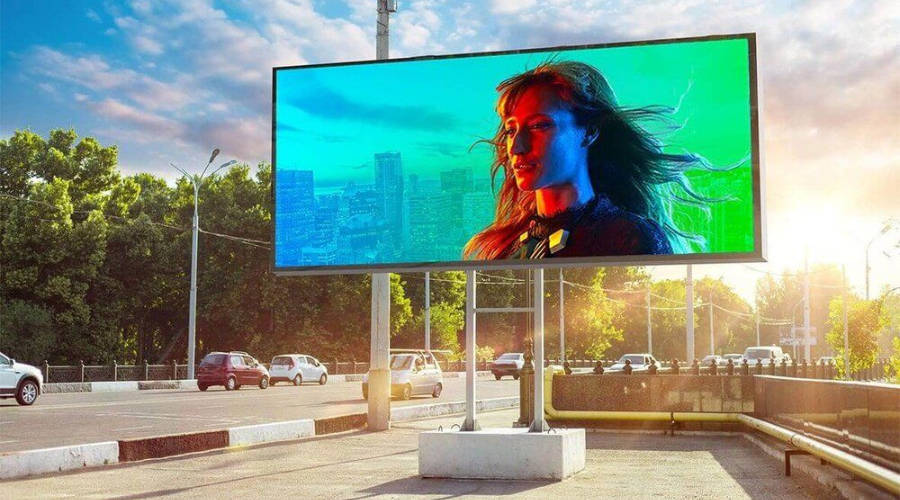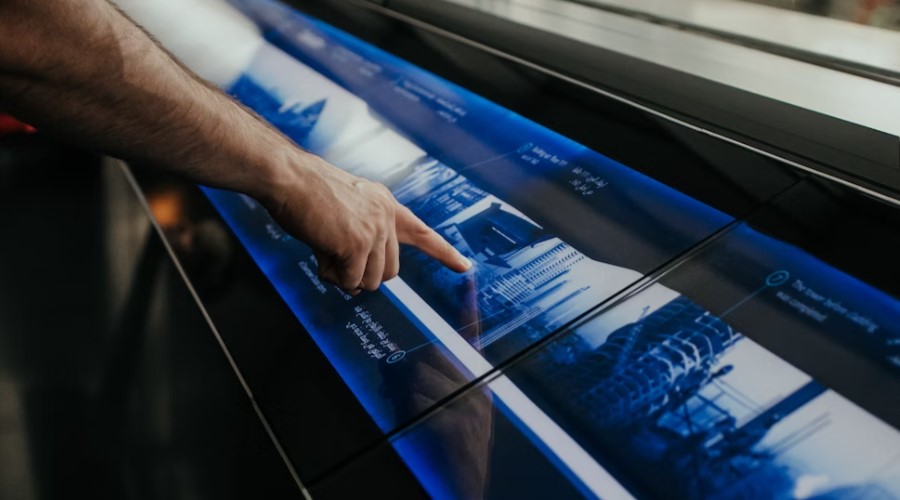TVs Displays for Advertising Screens
In an age where digital advertising has taken center stage, TVs displays as advertising screens have become a powerful tool for businesses. So they offer a dynamic and engaging way to showcase products and services, especially in public places and high-traffic dining establishments.
Understanding the shift towards more interactive and visually appealing advertising methods. In this article provides an in-depth insight into the features needed to use TVs displays as practical advertising tools.
We will look at the best TV models that excel in this role, each with unique features to suit different advertising needs. And in addition, we’ll delve into the latest trends in promotional displays, offering insights that resonate with tech-savvy audience.
Functionality requirements for advertising TVs displays
When choosing a TV set for advertising purposes, consider the following essential features:
High brightness and contrast: Screens should be bright enough to be visible in various lighting conditions. A high contrast ratio ensures content stands out, making it more visible to the audience.
Durability and reliability: These TVs displays often run for extended periods, sometimes 24 hours a day, seven days a week. But they must, therefore, be designed to withstand continuous use without compromising performance.
Connectivity: Modern promotional TVs should have multiple connectivity options, including HDMI, USB, and Wi-Fi, allowing easy content updating and integration with different content management systems.
Flexible display options: So businesses should look for TVs with flexible display settings such as portrait or landscape orientation, split-screen options, and customizable layouts to suit different content types and spaces.
Remote management: TVs with remote management capabilities allow businesses to update and control content from a central location, improving operational efficiency.
Understanding these key features will help you choose a TV that displays your content and enhances its impact on your audience.
Top TVs displays models for advertising screens
Here’s a closer look at some of the best TV digital display menu models for advertising, for example:
Samsung QLED series: These TVs feature Quantum Dot technology for outstanding color accuracy and high brightness levels. They are ideal for bright, intensely lit rooms to attract attention in well-lit environments.
LG OLED series: LG OLED TVs are renowned for their deep blacks and infinite contrast, ensuring that content stands out even in dark environments. Wide viewing angles make them suitable for spaces where viewers are spread out.
Sony Bravia LED Series TVs: With Sony’s reputation for reliability and outstanding picture quality, their Bravia LED Series is the perfect choice for long-lasting use in public spaces. Their X-Reality PRO enhances every pixel to ensure clarity.
TCL Roku TV: TCL Roku TVs offer an outstanding balance between quality and affordability for businesses on a budget. Thanks to the integrated Roku platform, content management is simple and user-friendly.
Each model offers unique benefits, allowing businesses to choose based on their specific advertising objectives and budget constraints.
Trending in advertising TVs displays
Interactive and intelligent features are at the forefront of advertising display trends 2024. Here are some highlights:
Touchscreen capabilities: Touchscreen TVs displays are becoming more common, enabling interactive ads where customers can engage directly with the content.
Motion sensors and facial recognition: These features allow the display to change content based on audience engagement or demographics. Providing a more personalized advertising experience.
AI-driven content management: AI algorithms can analyze customer data and automatically adjust advertising content to target specific audiences. Increasing the effectiveness of marketing campaigns.
Incorporating these trends can create more engaging and impactful advertising experiences. Allowing companies to stay at the forefront of digital marketing innovation.
Stepping into a new era of digital advertising
However, with the development of digital display technology. It is becoming essential for companies to choose the correct TV set for their advertising. But from the high-end Samsung QLED to the budget-friendly TCL Roku TV. Each model offers unique features to suit different advertising needs.
So using these technologies raises the profile of your products and services and engages customers in new and exciting ways. For more comprehensive guidance on choosing technology. Visit our detailed guide on choosing a PC, and for caterers, check out the innovative menu options of digital displays.
Stay informed and updated with displayhype.com is your trusted source for the latest technology, computers, and phones.
Please check out these articles too:
Maximizing the Effectiveness of Outdoor Menu Display Stands
Immersive Brand Experience with Showroom Display Stands



